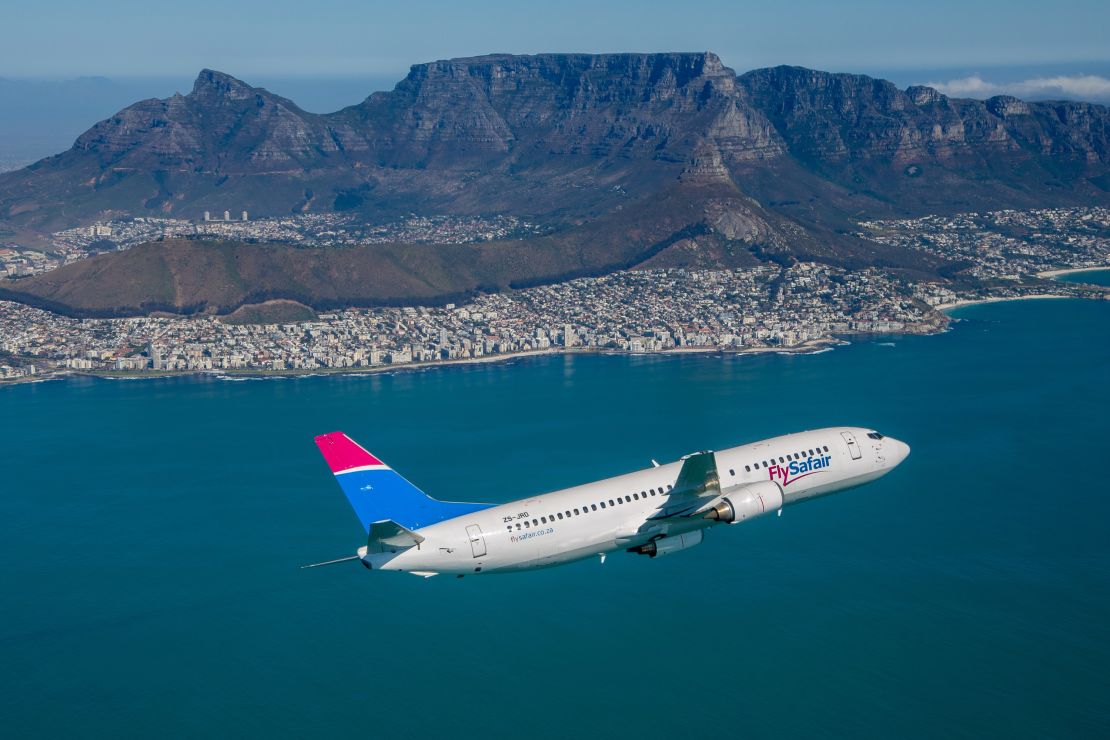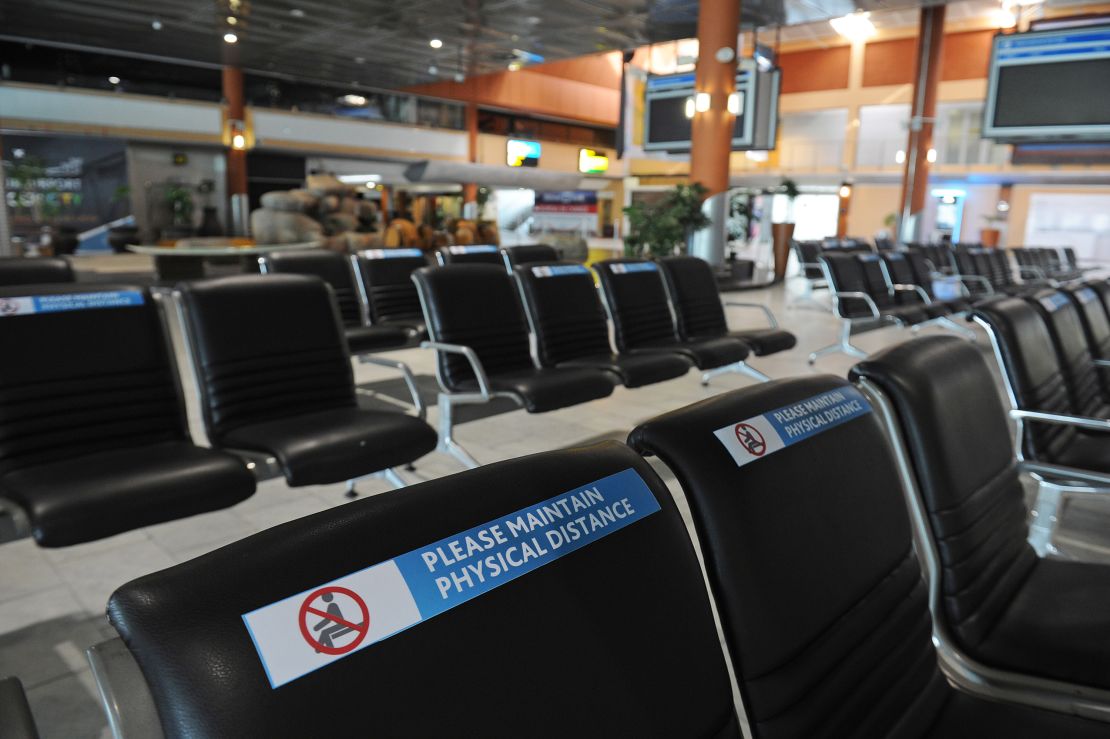For more than two months, airport terminals in South Africa sat eerily silent. As the spread of coronavirus crippled demand for air travel across the globe, the country enacted one of the world’s strictest lockdowns on March 27, effectively banning all commercial passenger flights.
While most countries still had some passenger flights taking off, South Africa suddenly had none, exacerbating an already strained landscape for several of its airlines.
South Africa has seven main domestic carriers, and as a result of these unprecedented times, aviation economist Joachim Vermooten says four of them, as of this writing, have entered business rescue, a bankruptcy protection process.
Two of the carriers are divisions of Comair, and the others are the state-owned South African Airways (SAA) and SA Express. SAA, the national carrier, is in discussions to receive a $1.2 billion bailout from the government. While SAA’s financial troubles began before the lockdown, Vermooten says coronavirus has compounded the situation.
The airline is not alone in seeking a government bailout; international legacy carriers such as Lufthansa, Air France, all US airlines and countless others have also sought help from their respective governments because of the pandemic. The International Air Transport Association (IATA) expects airline losses to exceed $84 billion this year.
Yet amidst this turbulent time, South African domestic low-cost carrier FlySafair says its business model will help it weather the storm. It returned to the skies mid-June, having so far managed to avoid business rescue.
Building a nimble business model
That doesn’t mean it will be easy, says Kirby Gordon, FlySafair’s head of Sales and Distribution.
“Lockdown means a total shutdown of all operations and zero revenue, which means that clawing back the losses endured during this lockdown is going to be a slow process,” Gordon says.
FlySafair launched in 2014 and has since grown into one of the country’s most recognized brands. Since 2017, it has also been the official domestic carrier of the South African national rugby team, the Springboks.

According to Vermooten, an estimated 31 million passengers pass through the domestic terminals of South Africa’s airports each year.
He estimates that right before the government’s grounding orders, FlySafair transported about a quarter of the country’s domestic passengers, more than any other airline. The company also has a cargo contract side of the business that continued to stay operational throughout the lockdown. However, Gordon acknowledges that the current income generated by those contracts is negligible.
Instead, he credits the low-cost business model for FlySafair’s success. For instance, the company operates only 17 aircraft, all of which are the same type (Boeing 737s). Many low-cost airlines operate a single type of aircraft, but it’s just one of the variables that may have helped keep FlySafair solvent in this pandemic.
“It means our aircraft are totally interchangeable,” Gordon says, “and we achieve some brilliant economies of scale in terms of only having to keep parts in stock for one type and needing to train cabin and cockpit crew on one type of aircraft.”
FlySafair says the average age of its fleet is 22 years, with half the planes being leased and the other half bought pre-owned. The leased planes likely have lower monthly payments than a newer fleet, according to Samuel Engel, aviation economics expert with global consulting group ICF.
Engel notes carriers focused solely on domestic routes often have a better chance of minimizing cost. “All of that adds up to an easier ability to turn off the costs while they’re not flying,” he says.
FlySafair also owns and manages the maintenance of its entire fleet, uncommon amongst airlines, and something Gordon says contributes to keeping costs low.
The company acknowledges that it did have to take additional cost-cutting measures since the lockdown, including employee pay cuts.
Gordon also admits that while FlySafair has no intention to take a bailout, it will likely still need some help from the government to recover its losses, in the form of reduced or waived state regulated fees and taxes. According to the IATA, the South African government has supported airlines by temporarily suspending rules on airport slots and by extending personnel licenses and certifications, but the IATA also calls for financial support for the industry.
A South African situation
Engel is quick to note the unique situation facing airlines operating in South Africa during the pandemic. The strict lockdown, he says, does have a silver lining. “Those in the aviation world know that flying an empty plane is going to cost more than flying no plane at all.”

According to him, the greatest challenge facing all airlines moving forward is managing low to medium levels of traffic and adapting to meet that demand.
South Africa allowed domestic flights to resume on June 1, for reasons other than leisure travel. Waiting for sufficient demand before returning to the air, FlySafair began flights on June 15 on routes between Johannesburg, Cape Town and Durban.
While the low-cost model may work well for some domestic airlines during the pandemic, Engel acknowledges the importance of airlines being able to connect passengers through international hubs.
“It’s not as simple as saying all airlines need to follow a model of a single aircraft, domestic short haul fleet,” Engel says. “But it is fair to say, during the recovery period, airlines that are more domestic focused and have lower costs are going to have an easier time.”
For more stories like this, visit Marketplace Africa

